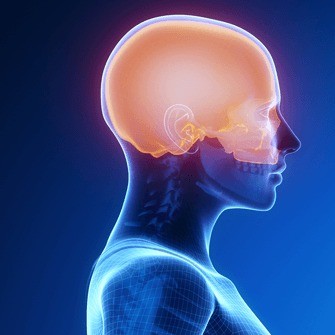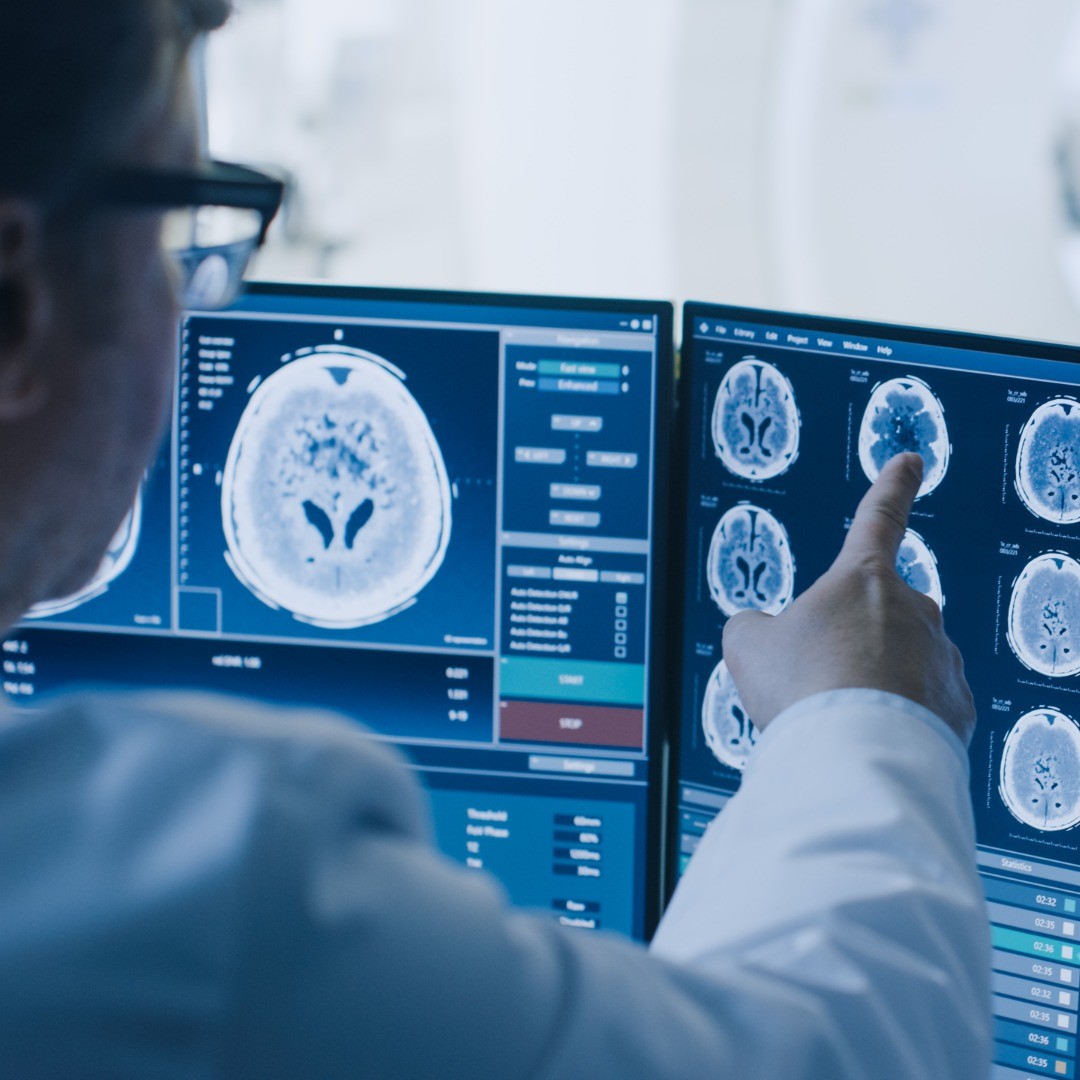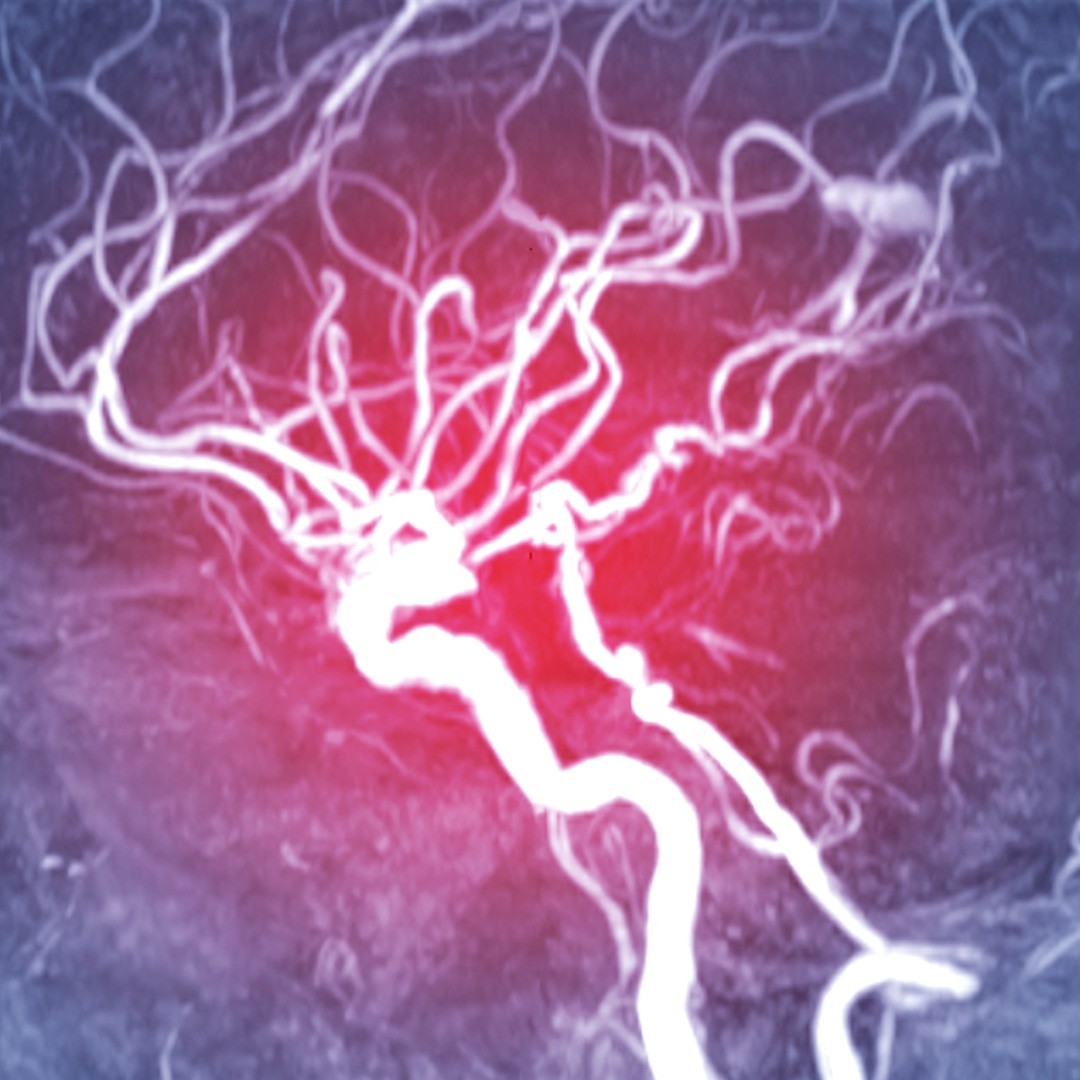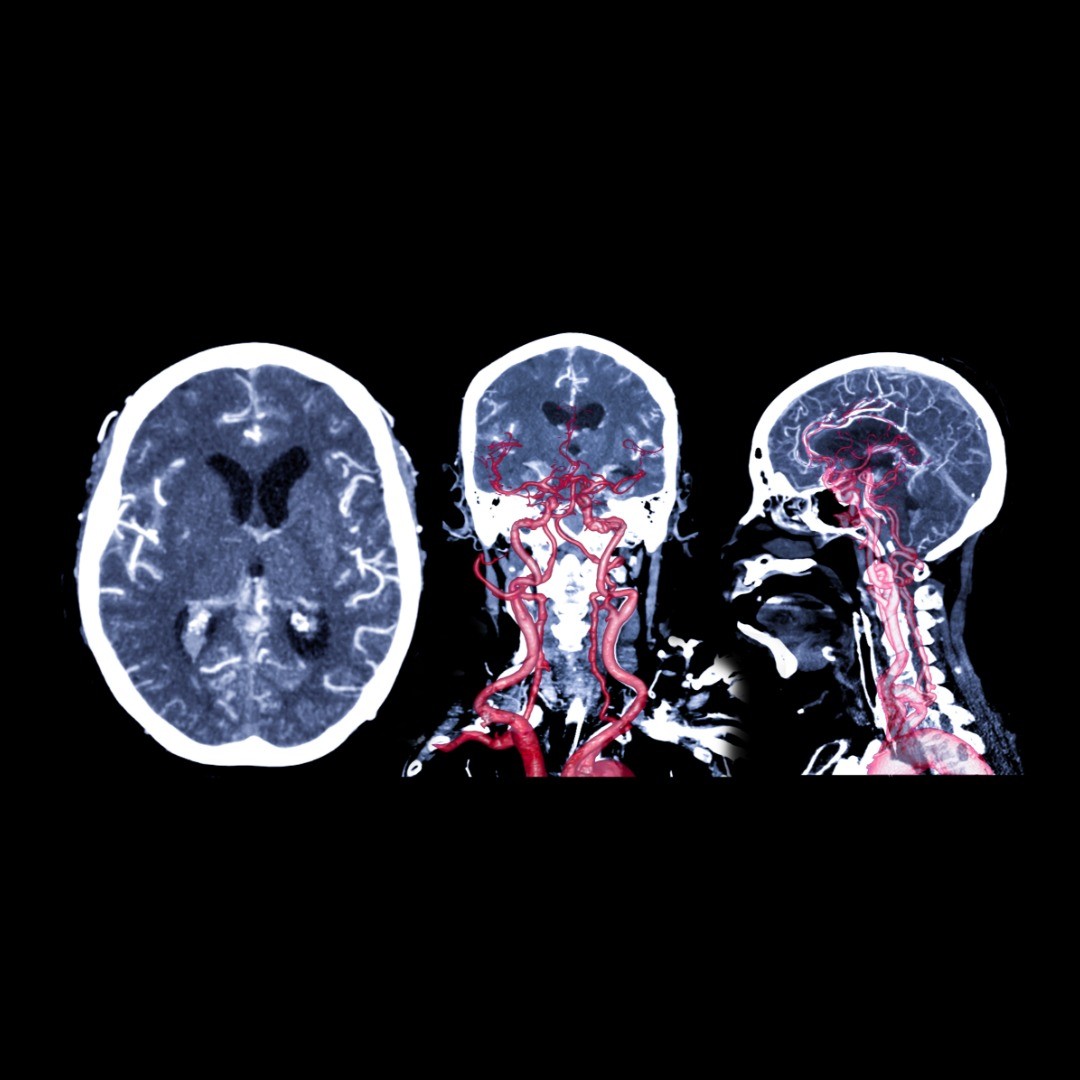- PATIENT FORMS | REQUEST A CONSULTATION | CONTACT US
- 1-844-NSPC-DOC
Aneurysm Clipping
Brain Aneurysm Clipping
Brain aneurysm clipping is performed to treat an aneurysm, a bulge in the wall of an artery, inside the skull. This weak space in the blood vessel wall can become so engorged with blood that it ruptures or leaks. A subarachnoid hemorrhage occurs when there is bleeding (hemorrhage) underneath(sub) the arachnoid mater, one of the protective coverings of the brain. Immediate emergency care is needed in the case of a subarachnoid hemorrhage.
What Is Aneurysm Clipping Surgery?
The purpose of microsurgical aneurysm clipping is to halt blood flow to an intracranial aneurysm and preventing it from bursting and causing a subarachnoid hemorrhage. In this procedure, a small, metal surgical clip is applied to the base of an aneurysm to prevent blood leakage. The procedure can also be used after an event, or rupture of an aneurysm.
During brain aneurysm surgery
Under general anesthesia, an incision is made in the scalp. A craniotomy is a procedure that temporarily removes a small portion of the skull, by first drilling small burr holes to allow a special surgical instrument to create a bone flap. The bone flap is extracted and the dura mater is exposed.
Retractors carefully nudge the brain so the neurosurgeon can pinpoint the aneurysm. Once control of the blood flow to the aneurysm is obtained and the base of the aneurysm is freed from surrounding tissues, an aneurysm clip, typically titanium, is applied to constrict blood flow from the artery to the aneurysm.
The surgeon verifies that the clip is preventing blood to supply the aneurysm. The retractors are withdrawn and the dura mater is sutured shut. The bone flap is reattached with plates and screws, and muscles and skin are also sutured closed.
Recovery after Aneurysm Clipping Surgery
If your procedure was for an unruptured aneurysm, your stay in the hospital may be limited to 3 to 5 days of hospital care. Ruptured aneurysm patients require additional monitoring for signs of vasospasm and generally require at least 2 weeks of intensive care.
Symptoms of Cerebral Aneurysms and Subarachnoid Hemorrhage
Not all cerebral aneurysms generate symptoms. Smaller, more stable aneurysms may not have any symptoms and are usually discovered during a routine exam, but expanding aneurysms may put pressure on surrounding tissues and nerves which can cause the following symptoms:
- pain behind the eye
- blurred visions or light sensitivity
- dilated pupils
- severe headache—possibly the worst you’ve ever had
- weakness on one side of the face
- change in speech patterns
These symptoms may indicate a burst aneurysm that can cause serious injury or death and demands emergency medical treatment right away. Our aneurysm specialists are on call 24/7 to quickly respond and perform emergency brain aneurysm surgery in the New York area—to help prevent neurological damage or death.
Brain Aneurysm Treatments at NSPC
The fellowship-trained, board-certified neurosurgeons at NSPC are experienced in working with patients with aneurysms, both those with unruptured and ruptured aneurysms. Our brain aneurysm specialists are expert in all stages of brain aneurysm treatments:
- Observation of smaller aneurysms that do not present symptoms.
- Scheduled surgeries for unruptured aneurysms or emergency surgeries for ruptured aneurysms: both coil embolization and aneurysm clipping.
The award-winning physicians at NSPC provide expert treatments for complex brain conditions. Contact one of our medical centers on Long Island or the New York tristate area for a consultation with a specialist—and you’ll get the best neurosurgical options available in the NY region.
Why Would Your Brain Surgeon Recommend Aneurysm Clipping vs Coiling?
Both endovascular coiling and cerebral aneurysm clipping are used to treat ruptured and unruptured aneurysms. Endovascular coiling, also known as coil embolization, is a minimally invasive procedure with a small incision to an artery, usually in the groin, to allow a catheter to travel to the aneurysm and then to insert a small metal coil in the aneurysm to prevent blood flow to the pouch in the artery wall.
The choice between aneurysm clipping or coiling depends on a variety of factors including your health, age, and location of the aneurysm to name just a few—talking with an experienced neurosurgeon can help you understand the risks and benefits of all the treatment options.
Physicians
Connect With Our 7 Convenient Locations
across Long Island, NY
Our expert physicians, surgeons and doctors are ready to serve you at our 7 convenient locations across Long Island, NY. Connect today to learn how our award winning, world class experts can help.
4250 Hempstead Turnpike Suite 4,
Bethpage, NY 11714
(516) 605-2720
COMMACK
353 Veterans Memorial Hwy,
Commack, NY 11725
(631) 864-3900
One Hollow Lane, Suite 212
Lake Success, NY 11042
(516) 442-2250
MANHATTAN
215 E. 77th Street Ground Floor
New York, NY 10075
(646) 809-4719
PORT JEFFERSON STATION
1500-8A Route 112,
Port Jefferson Station, NY 11776
(631) 828-3001
100 Merrick Road, Suite 128W
Rockville Centre, NY 11570
(516) 255-9031
WEST ISLIP
500 Montauk Hwy
West Islip, NY 11795
(631) 983-8400
World
Class
Expertise
For over 50 years & 350,000 patients NSPC has been a trusted global medical leader.
Contact us today for an appointment or consultation.





